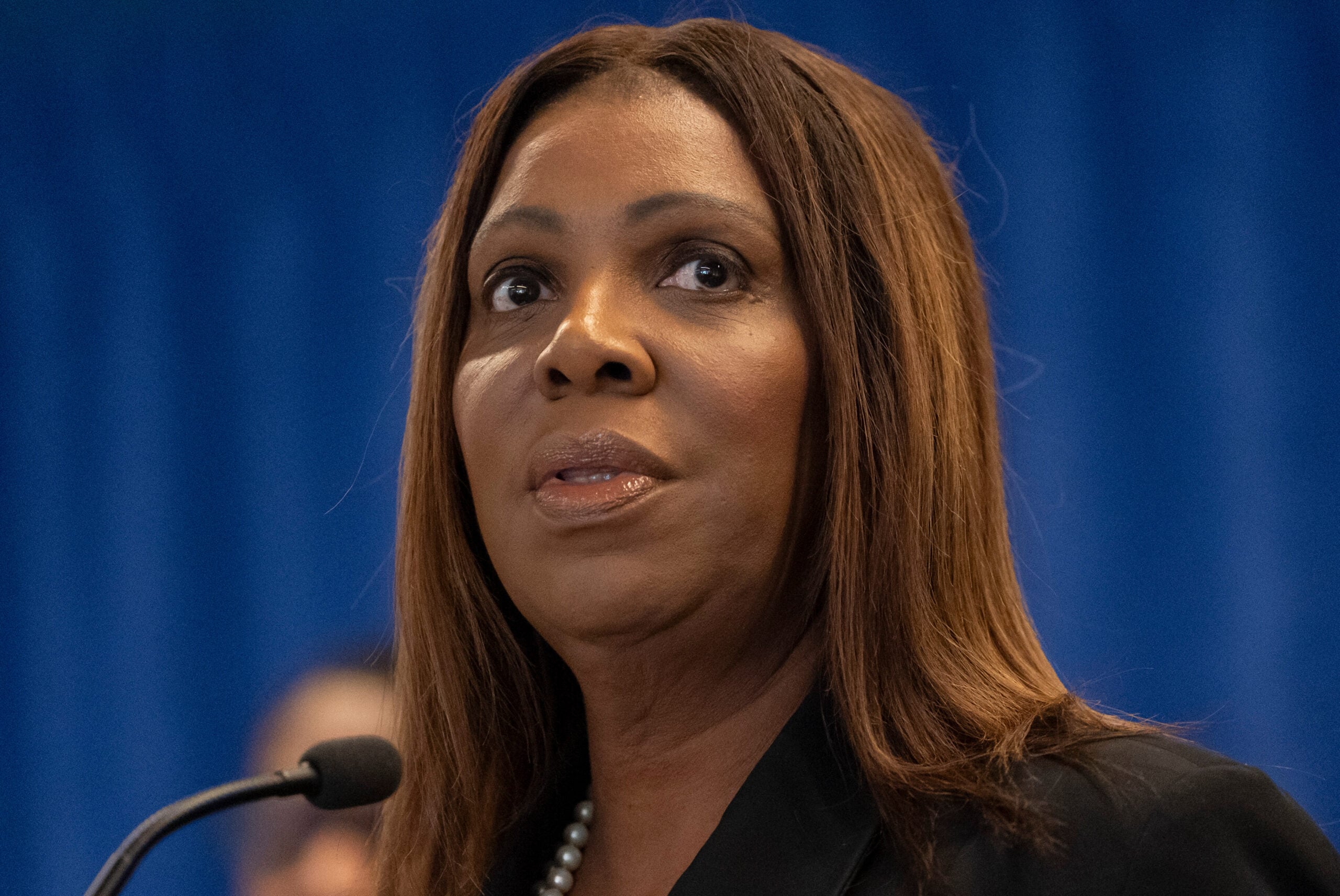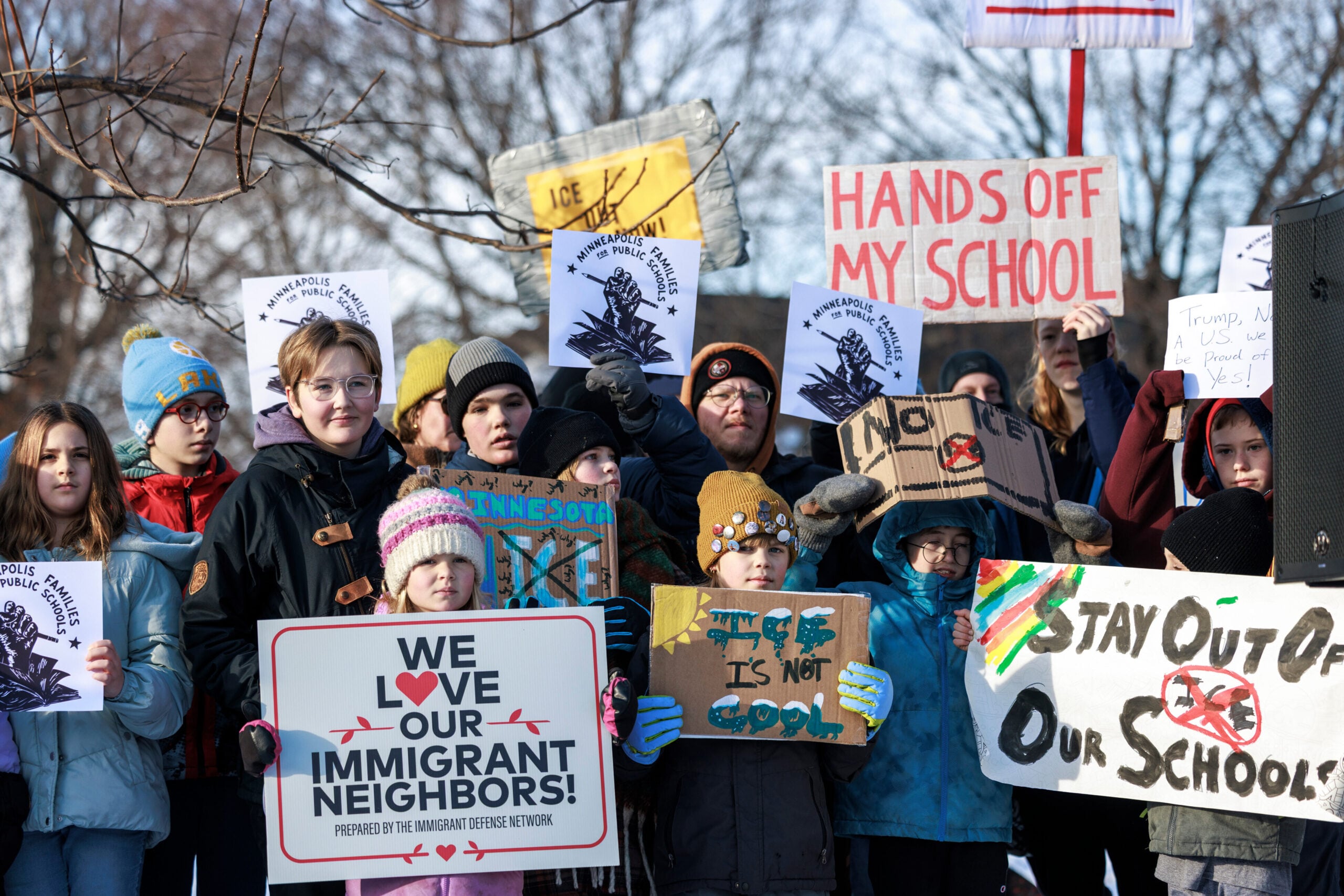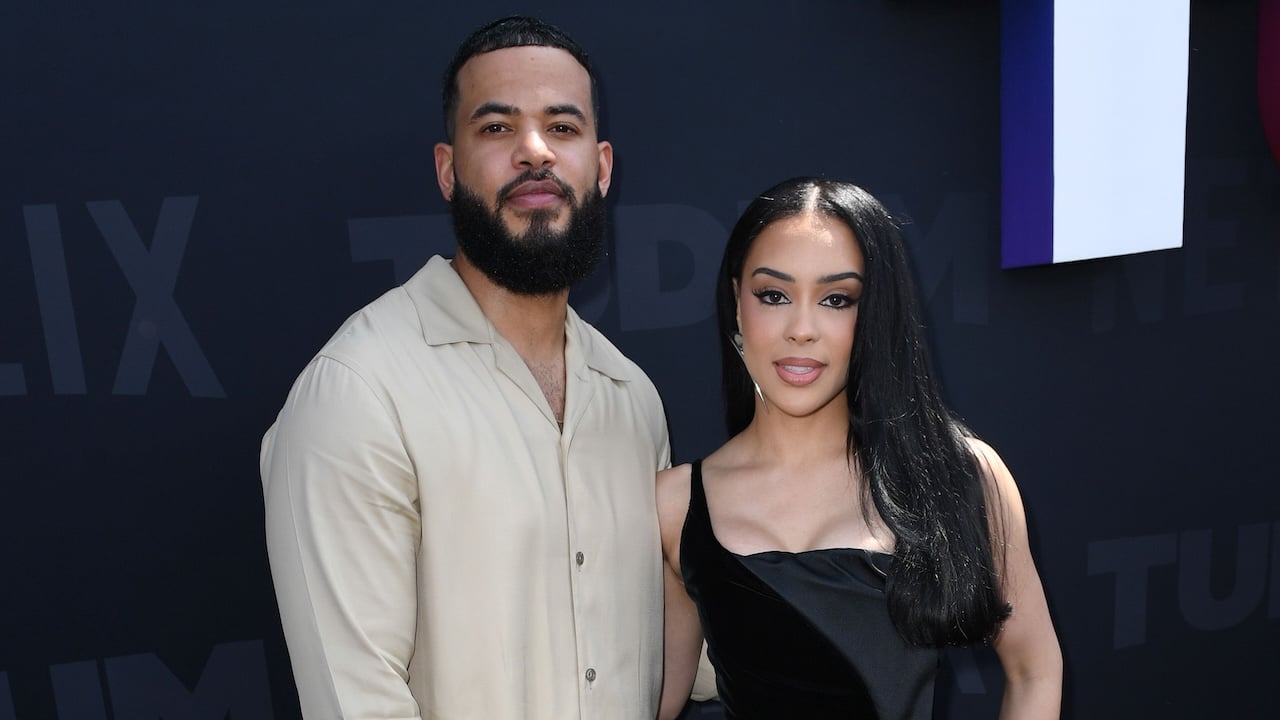
I’ve been there. I applied for the job, nailed the interview and aced the written test that followed.
After carefully crafting a thank-you note to the hiring manager, expressing my gratitude for their time and consideration, I felt confident that I had made a good impression. Then came the waiting game. Did I get the job or not?
I knew not to expect anything on Day 1 or even Day 2. After all, hiring takes time. But by Day 7, I couldn’t help but wonder if today would be the day I heard back about the job I so desperately wanted. Or if not today, maybe tomorrow?
As the days continued to pass, I found myself constantly refreshing my email, hoping for a response. Though my inbox refreshes automatically, I clicked the button again and again, willing a reply to appear. Still, nothing.
Maybe the hiring manager is busy, I thought. Maybe they’re still deliberating, caught up in discussions about the final decision. Or perhaps it’s just bad timing. It is Friday, after all, and they might be off for the weekend.
I tried not to panic, reminding myself that plenty of things happen behind the scenes and the silence didn’t necessarily mean a rejection. All I had to do was stay patient and wait.
By Day 14, two weeks after submitting my test and sending my thank-you note, I decided it was time to reach out.
If you’re in a similar situation, here are three things to keep in mind for a successful follow-up:
Follow up
Like many job seekers, I wasn’t sure when to send the first follow-up.
In most cases, the hiring manager will tell you when to expect a response during the interview. If they didn’t, and if you—like me—didn’t ask, it’s best to wait a little before reaching out.
“You don’t [want to] follow up too soon because that can actually backfire and shoot you in the foot,” says Erica Rivera, former recruiter at Google and current career coach at Career Diva. “You have to give them time, but… five to seven days is sufficient.”
But this is only a good rule of thumb if you weren’t told when you’d hear back in the interview. According to Rivera, if you do need to draft a follow-up, it’s best to include when the interview took place and say something along the lines of, “’I really appreciated our conversation and am looking forward to the next steps. Please let me know if there’s any additional information that you need from me in order to proceed with this process.’”
With this message, you’re letting them know that you’re still interested and checking to make sure no information is missing.
Don’t be too pushy
After sending my follow-up email, another week passed with no response. I felt uncertain and a bit confused as to whether I should follow up again.
It’s okay to send a second follow-up, Rivera says, as things do happen. But again, you’ll want to “wait another week before sending another follow-up,” she continues. ”After that point, if you’re still not hearing anything, then I typically will say that is kind of telling. Either they’re not ready to hire [or] they moved forward with somebody else.”
She adds that as an interviewee, you do deserve to hear back, but it’s important to space out your follow-ups. Constant check-ins can come across as demanding and might create discomfort for both parties.
If you’re still not hearing anything after a second follow-up, it may be best to use your time elsewhere and move on.
Move forward
I followed up twice on the job I interviewed for, but when I still hadn’t heard back from the hiring manager, I knew it was time to let go. The waiting was hard, as was the rejection, but I’m glad I kept my options open.
During this process, I was still interviewing for other jobs, and I ended up landing the next position I applied for at a different company. To this day, the job I did get was the best job I’ve had so far.
Looking back, I’m grateful that things didn’t work out in the way I’d originally hoped. If they had, I never would have said yes to the job I ended up with. I also realized that if a company could so easily ghost me after an application, interview and test, it likely wasn’t the best environment for me.
At the end of the day, I learned the importance of sending a follow-up email. While it didn’t lead to the outcome I wanted, I now know that I did everything I could.
Photo by Yuri A/Shutterstock.com




